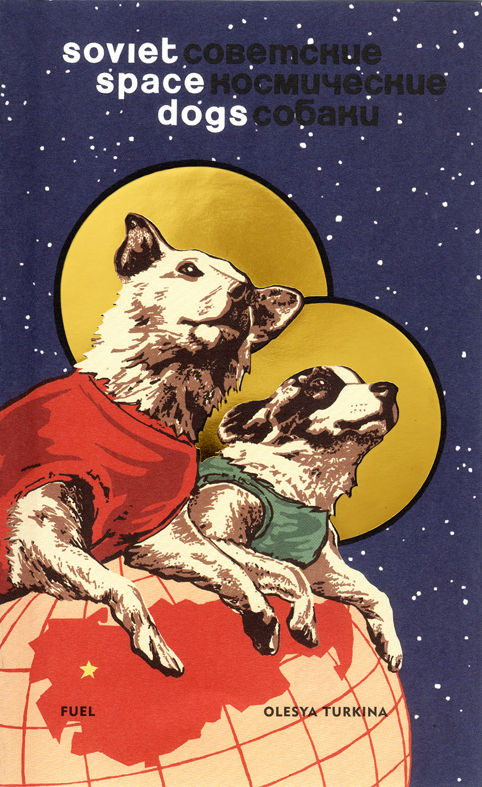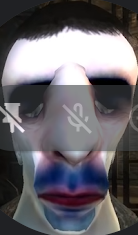March 17th 2025,
Today’s Canadian History lecture was kind of boring so I will try to blast through it. We began with the 1963 election where Pearson, the Liberal leader, won a minority government. This immediately pivots into the Gordon Commission, which was covered last time, which investigates foreign investment. Its major concern is over the US. The commission is named after Walter Gordon, who is the finance minister and was described ass being a nationalist. He came up with a budget that would give ownership to Canadians and also bring in a Take over Tax. This tax purports to give a 30% takeover of Canadian firms, which pisses off stock brokers. I know, riveting stuff. The president of the Montreal Stock Exchange declares that financial capitals hate Canada. So the business community hates the new proposed budget and Gordon. So Gordon is pretty much forced o withdraw the takeover tax and his credibility tanks.
If you know anything about Canadian politics then you will know there is a LOT of regional tension. This is present now and very present back then as well. Thus Pearson had to address this problem and his solution was through economics. This would be done thigh cooperative federalism, which means more social security to people but requires provincial approval and as such was a big issue in Ontario and Quebec. The Government also introduces a pension plan that is tied to thee rising cost of living, but Quebec is hostile to this and wanted to do their own pension (reminds me of the current Alberta Government wanting the same thing). The Canadian pension plan and Quebec one would be the same except Quebec invests its own money. Medicare was also introduced, providing universal coverage for necessary procedures.
In 1965 Pearson got another minority government and was not seen as a great leader. People were troubles by Dief holding onto the west while Pearson was losing support in Quebec, this was because of the Quiet Revolution. This was about the secularization of Quebec and was a social revolution after the death of a guy named Duplessis, he was a super conservative and had support from the fascists! There were also scandals that happened in 1964, they all had to do with Quebec members of the cabinet. They aren’t as crazy as you’d think but were a big deal at the time. One of the scandals had to do with a Montreal crime boss named Rivard and how his case was handled poorly.
Apparently the public at the time didn’t care, like me, but Dief was a good campaigner and ran with them, switching opinion polls. Because of the rise of television in politics Pearson was unable to adapt. He was also the PM that brought in the new flag which was incredibly controversial at the time, to the point that he was booed to hell when he revealed it. Many veterans fought under the old Union Jack Canadian flag, so having that changed felt like a jab. But Pearson, a diplomat, argued that the old flag was confusing to others who were oppressed by the British, the Union Jack symbolized subjugation and thus they projected their grievances onto Canadians. His example was Egyptians being distrustful of Canadians due to the flag.
Let’s move on to French Revolution class. We began by talking about the sans-culottes who were popular allies of the Jacobins and supporters of Terror. Enemies of liberty were former nobles and relatives who have not manifested attachment to the revolution. A student piped up and related this to the DPRK, parroting the belief that in North Korea entire families of dissidents are punished. Anyone who lacked a “certificate of patriotism” was also an enemy, then it was stated that the certificate of patriotism was done in China and Russia.
I do not know how true this is but I also don’t really care that much. I know in the USSR they’d give you commemorative pins if you did something cool, I am aware that the French certificate is most likely VERY different but I do not know what other comparison is being made here. Finally, emigres are also labeled as enemies, even if they returned in good faith. The guillotine was talked about as it was abused during the Terror, but not much was really said. Besides the guillotine, other forms of death were employed like drowning and shootings.
We ended the class by talking about the Levée en Masse and the Cultural Revolution. The Levée en masse was the first ever mass conscript “army of citizens.” This was done after initial losses faced in the revolutionary wars. The influx of patriotic oldies turned the course of the war and favoured the French. Military service was enshrined as a key civic responsibility and a source of civic virtue. This also saw the invention of the citizen-soldier and total war (zero sum battle of ideologies, citizens are fair game). The cultural revolution was done by politicizing daily life. This was done through the wearing of cockades (tri-colour), the Phrygian cap (I noticed that they are the same hats the Smurfs wear), the La Marseillaise song, and the re-ordering of time itself (year 1 is September 2 1792). That last one didn’t work out.
For political science I had my second midterm! This time I did not skip any of the fill in the blank answers and just gave it my best shot, I even went. Far as to explaining my thought process for half marks just in case. You will find out soon how well I did on that.
Have you ever browsed https://whyquebecneedsindependence.blogspot.com/?
I have not but it looks very interesting. After learning more about Quebec history I completely understand their grievances with the Canadian government and why they would want to separate. Before, I was raised to essentially hate Quebec, it was practically baked into the school curriculum, but ever since joining here I have changed my tune. I am going to read more on the blog and I hope you will share more Quebec resources with me because I do appreciate that province.
deleted by creator



